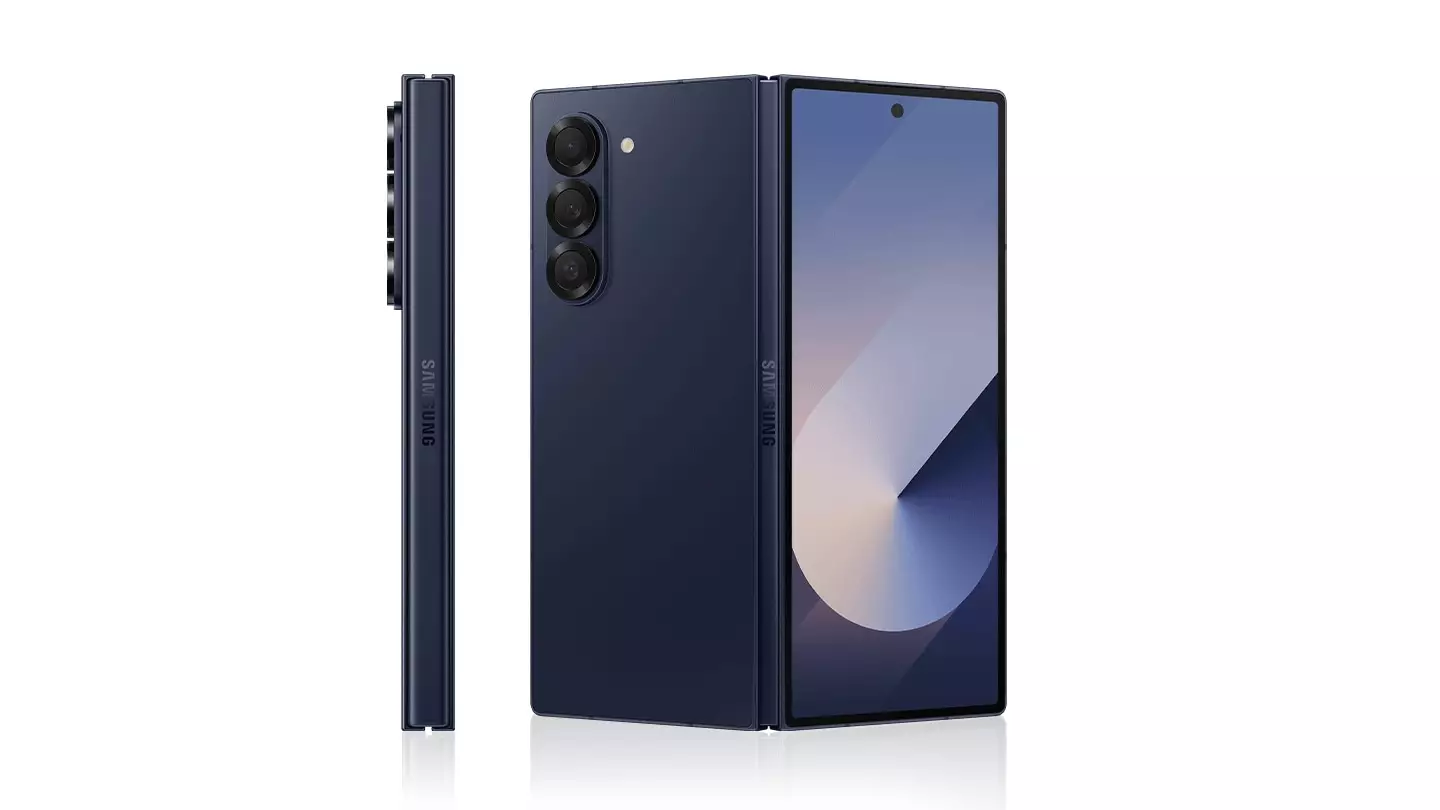Samsung’s Galaxy Z Fold 7 is on the cusp of its official debut, and this time, the company appears to have courageously responded to consumer criticism by eliminating the so-called “Saturn Ring” design from its rear cameras. Last year’s models, including the Galaxy Z Fold 6 and the Galaxy S25 lineup, unashamedly flaunted thick metallic rings around their lenses, a feature intended to catch the eye but ultimately perceived by many as cheap and bulky rather than sleek and premium. The reaction from the tech community and users alike was overwhelmingly negative, branding the rings as a style blunder that somewhat undermined Samsung’s reputation for polished, high-end innovation.
Ice Universe, a respected tech insider, recently leaked images showcasing the upcoming Galaxy Z Fold 7 forsaking this controversial design element. Instead, the phone adopts a cleaner, more refined look by removing these prominent metal accents. This shift is subtle but significant: it signals Samsung’s acknowledgment that users’ aesthetic preferences are evolving and that style can no longer be sacrificed on the altar of mere differentiation.
Design Versus Functionality: A Delicate Balance
The move away from the “Saturn Ring” design underscores a larger question facing smartphone manufacturers today—how to balance design distinctiveness with functional elegance. Samsung’s metal rings may have aimed to protect lenses or give the camera module a more defined presence, but they failed to strike the emotional chord consumers desire. In the premium smartphone market, where users pay exorbitant sums for technology at their fingertips, looks do matter deeply, and small design features can sway buyer sentiment drastically.
Samsung’s willingness to drop a design previously baked into their flagship devices represents a modest but vital victory for consumer influence in product design. It’s a tacit admission that corporate ego should not eclipse user experience and preference. However, it also makes one wonder if this backlash was predictable and if the company was slow to adapt in the first place—an ongoing struggle in an industry where innovation often outpaces user acceptance.
Technological Excellence Meets Sleek Innovation
Beyond aesthetics, the Galaxy Z Fold 7 is expected to pack impressive technical specifications, including the Snapdragon 8 Elite for Galaxy chipset, a powerful engine resting under a slimmer, lighter frame. With a 6.5-inch external display paired with a generous 8-inch internal screen, Samsung aims to solidify its leadership in foldable technology. Unlike the clunky foldables of the past, this iteration supposedly measures a mere 4.2 mm when unfolded and remains a manageable 8.9mm thick when folded, weighing in at just 215 grams—a design evolution reflecting a growing emphasis on portability and comfort.
These strides suggest that Samsung is listening not only in design but also in the functionality department, pushing to deliver a device that marries cutting-edge tech with user-friendly form. The company’s challenge lies in ensuring that their devices maintain groundbreaking features without alienating users through misjudged style choices or unwieldy builds.
Samsung’s Adaptation: A Sign of Maturing Consumer-Tech Relations
The unfolding saga of Samsung’s foldable phones illustrates the dynamic tension between brand vision and consumer expectation. Often, tech giants double down on distinctive elements to maintain their edge in a saturated market, but Samsung’s recent retreat from the “Saturn Ring” design demonstrates a willingness to pivot and evolve. This responsiveness is a hopeful sign that manufacturers are starting to treat their customers as true collaborators rather than passive recipients.
However, such changes only come after vociferous criticism, raising questions about initial design processes and how inclusive these can be. Could Samsung have avoided the costly misstep by integrating more diverse user feedback earlier? Probably. But at least now, as the Galaxy Z Fold 7 approaches its release on July 9, Samsung appears primed to deliver not just premium specs, but a device refined through the crucible of customer insight—a subtle but powerful affirmation that the best innovation marries form and function harmoniously.


Leave a Reply